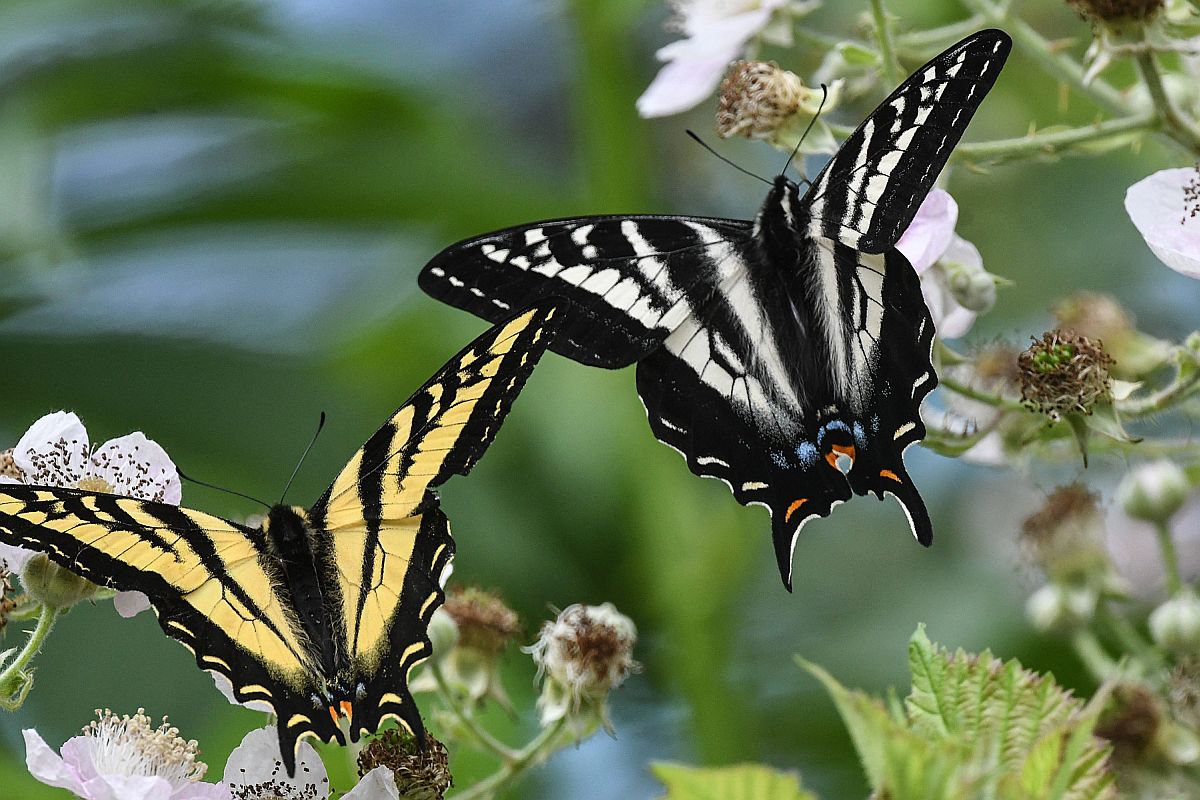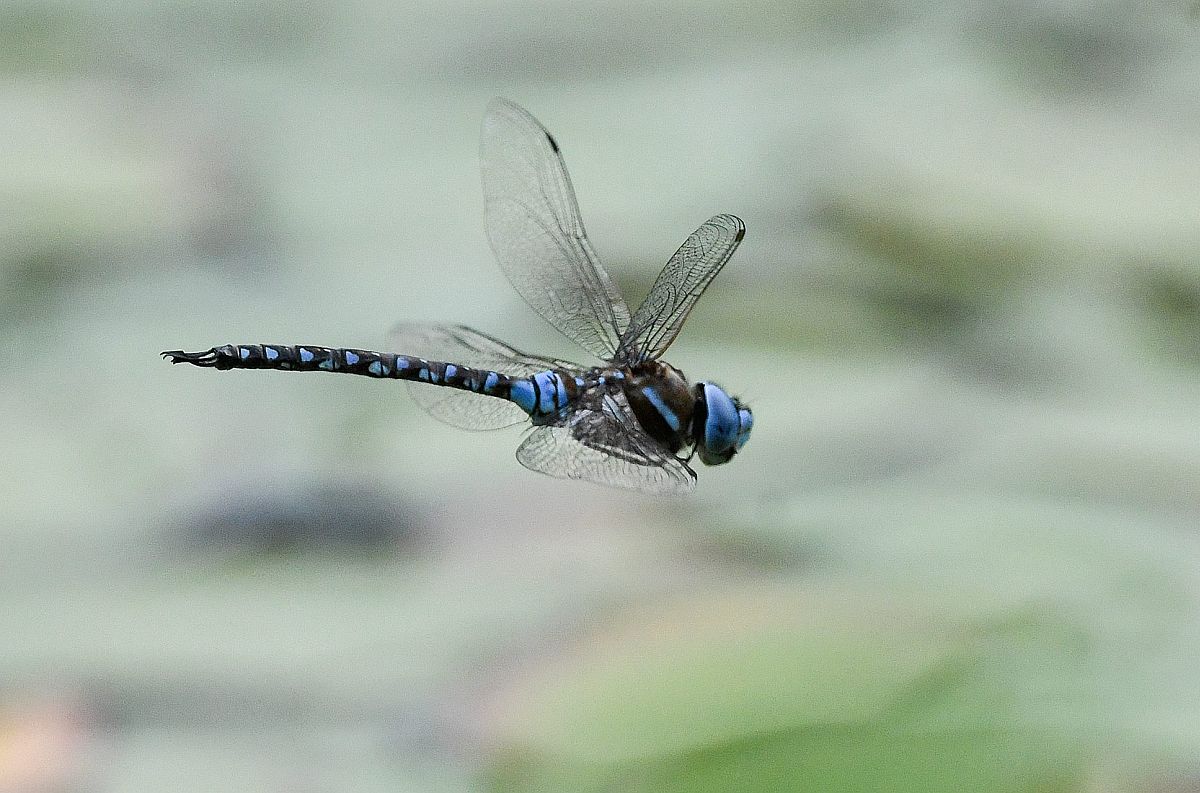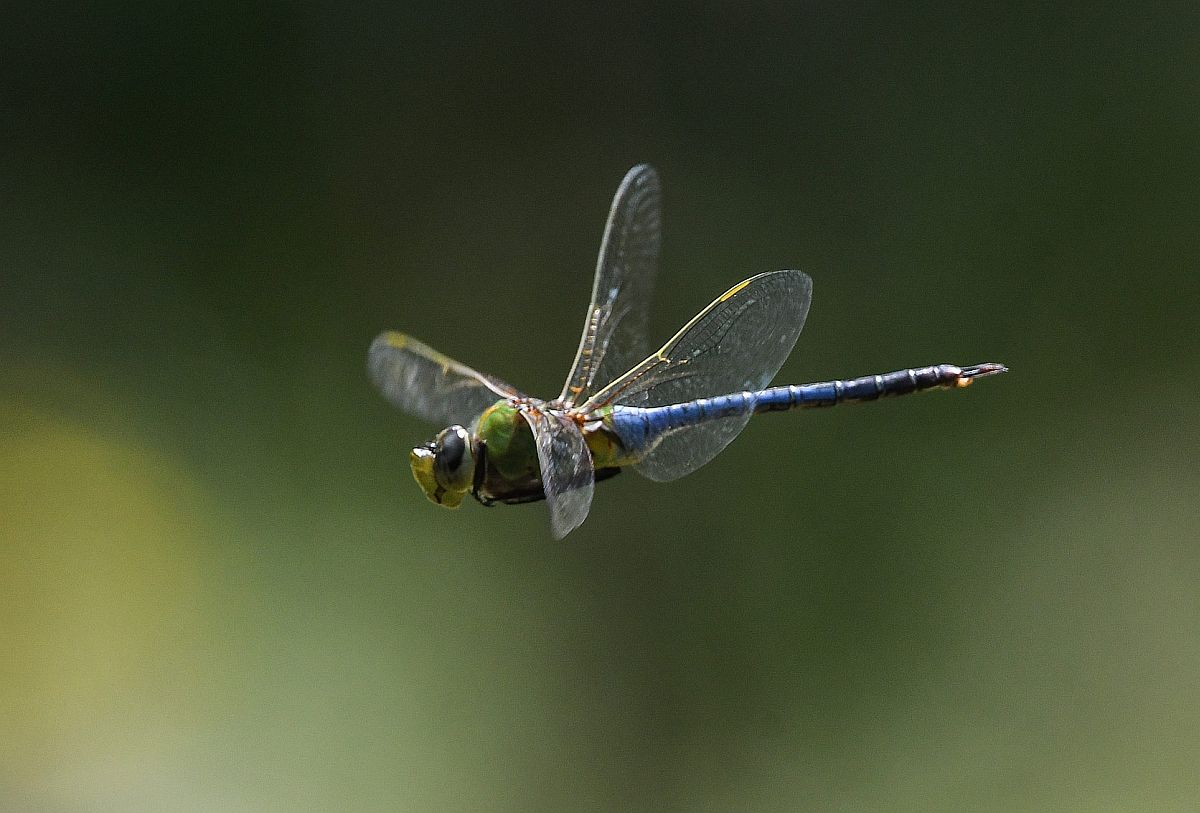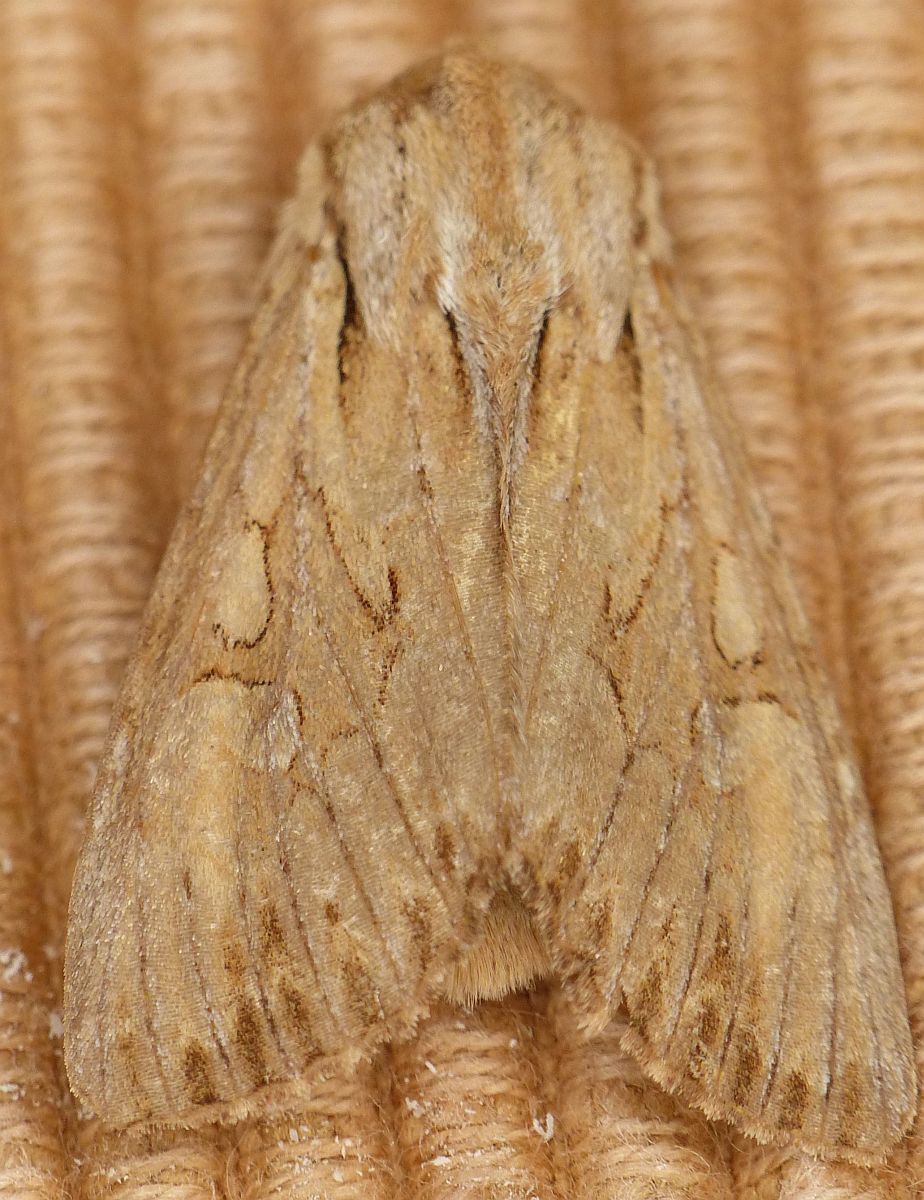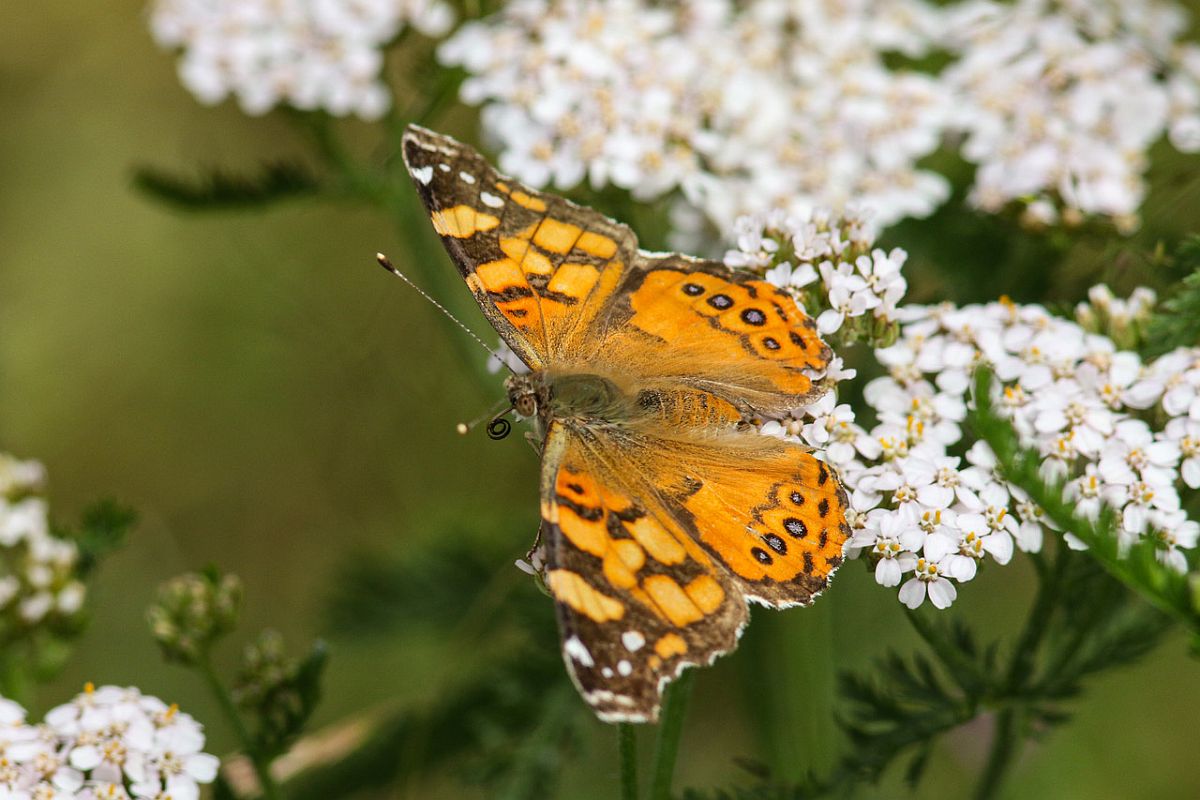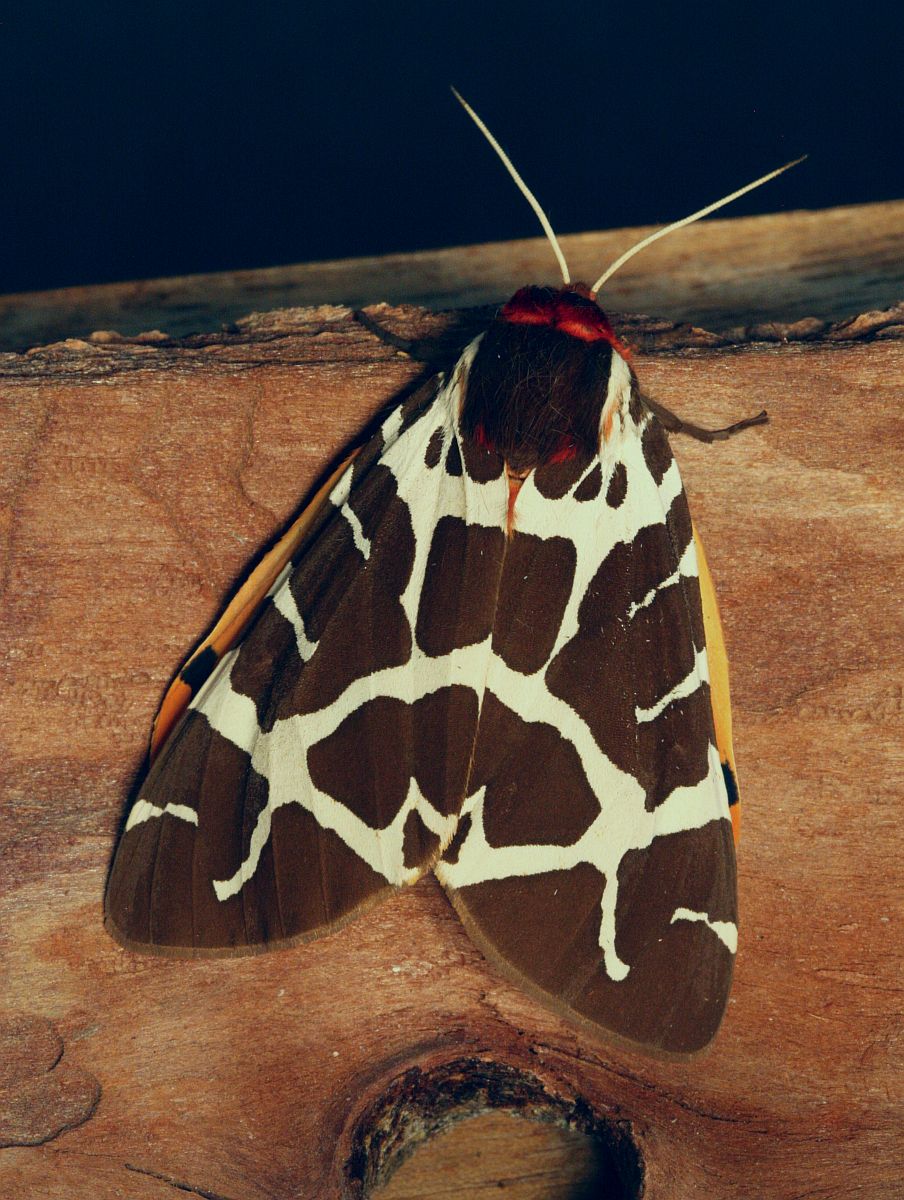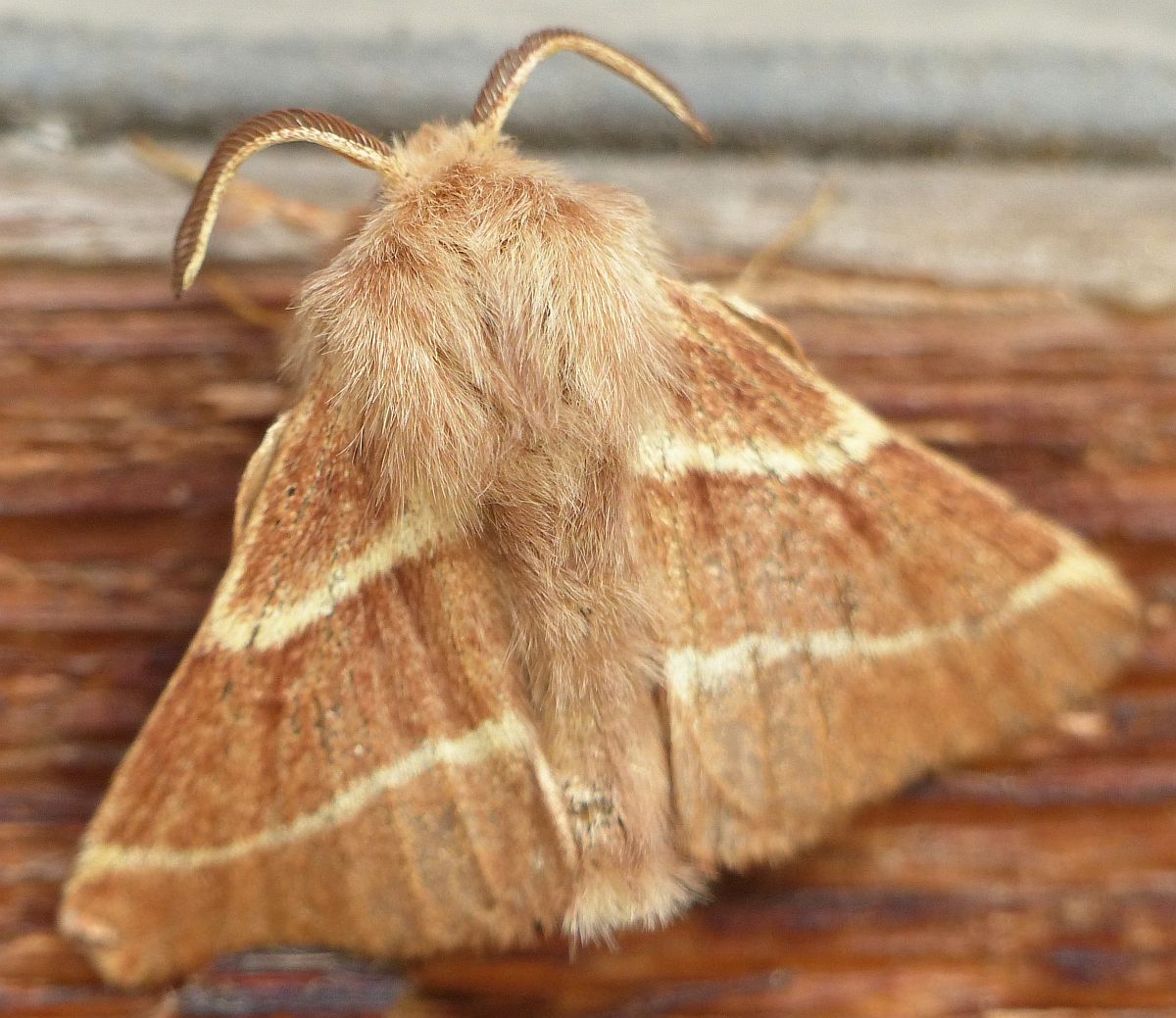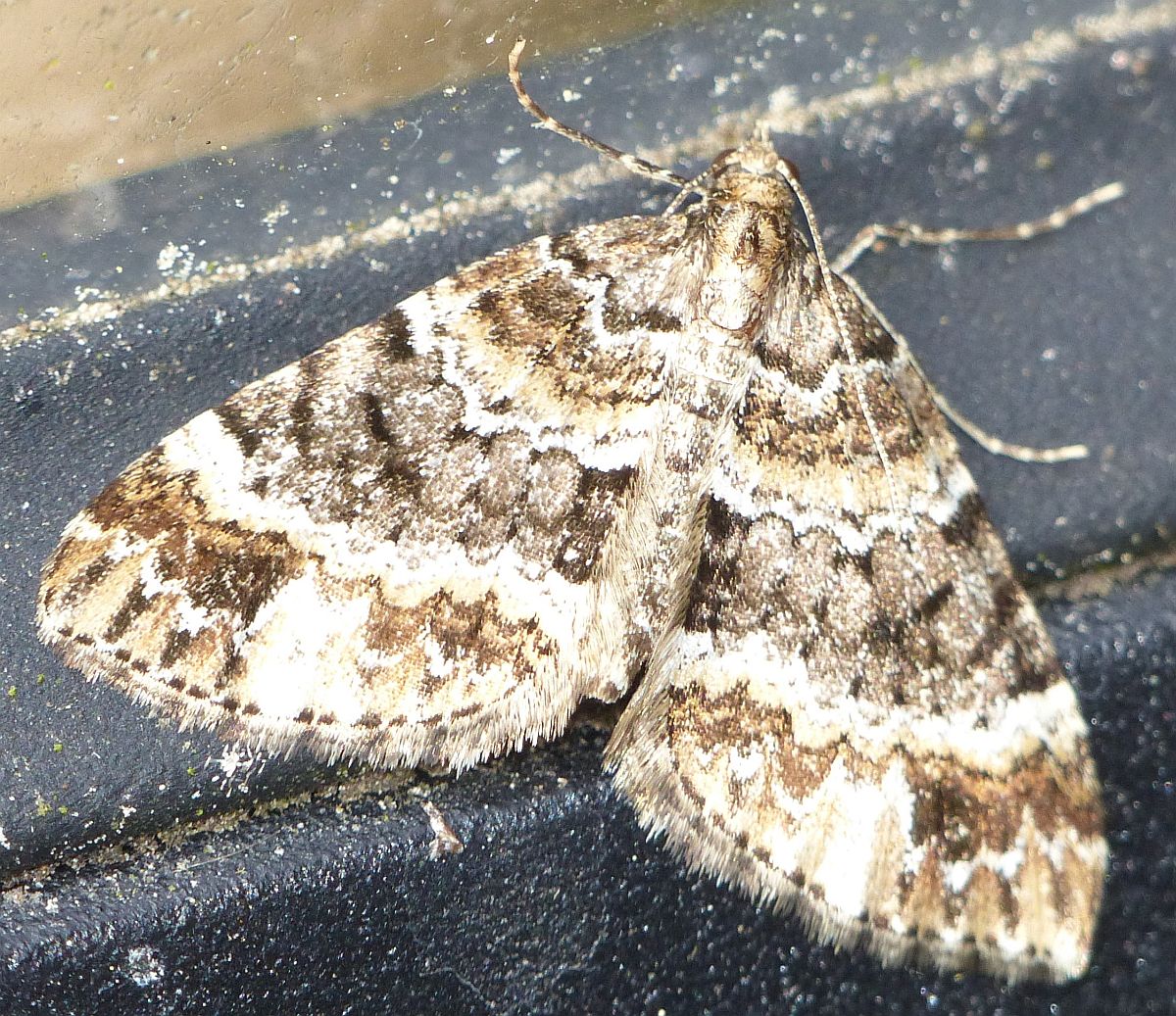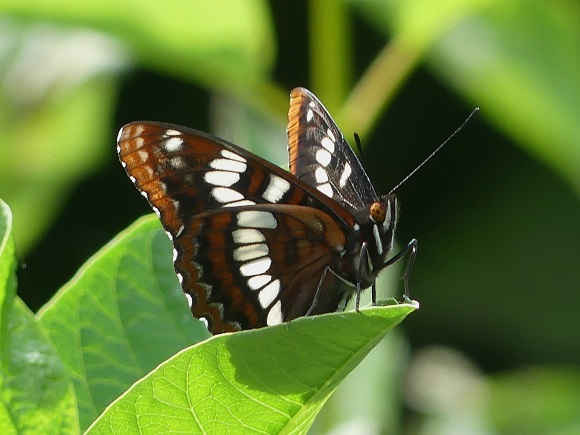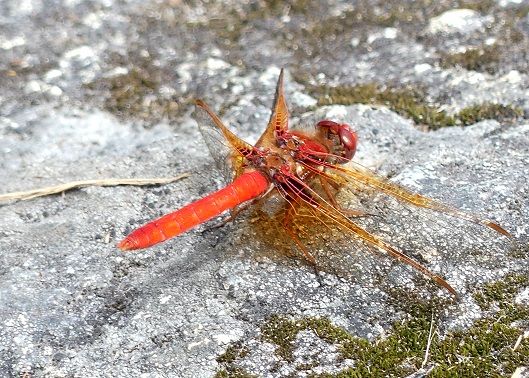2022 July 9 morning
Aziza Cooper writes from Mount Tolmie on the evening of July 8: I saw eight species of butterfly: two each of Red Admiral and Lorquin’s Admiral, three each of Western Tiger Swallowtail and Painted Lady, and one each of Pale Tiger Swallowtail, Anise Swallowtail and Cabbage White. Down the hill there were at least four Essex Skippers. Aziza sends photographs of various creatures from Mount Tolmie and from Royal Roads University.
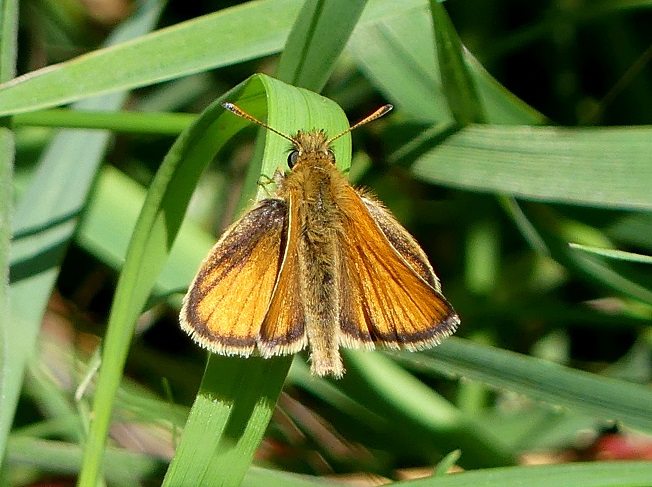
Essex Skipper Thymelicus lineola (Lep.: Hesperiidae) Aziza Cooper
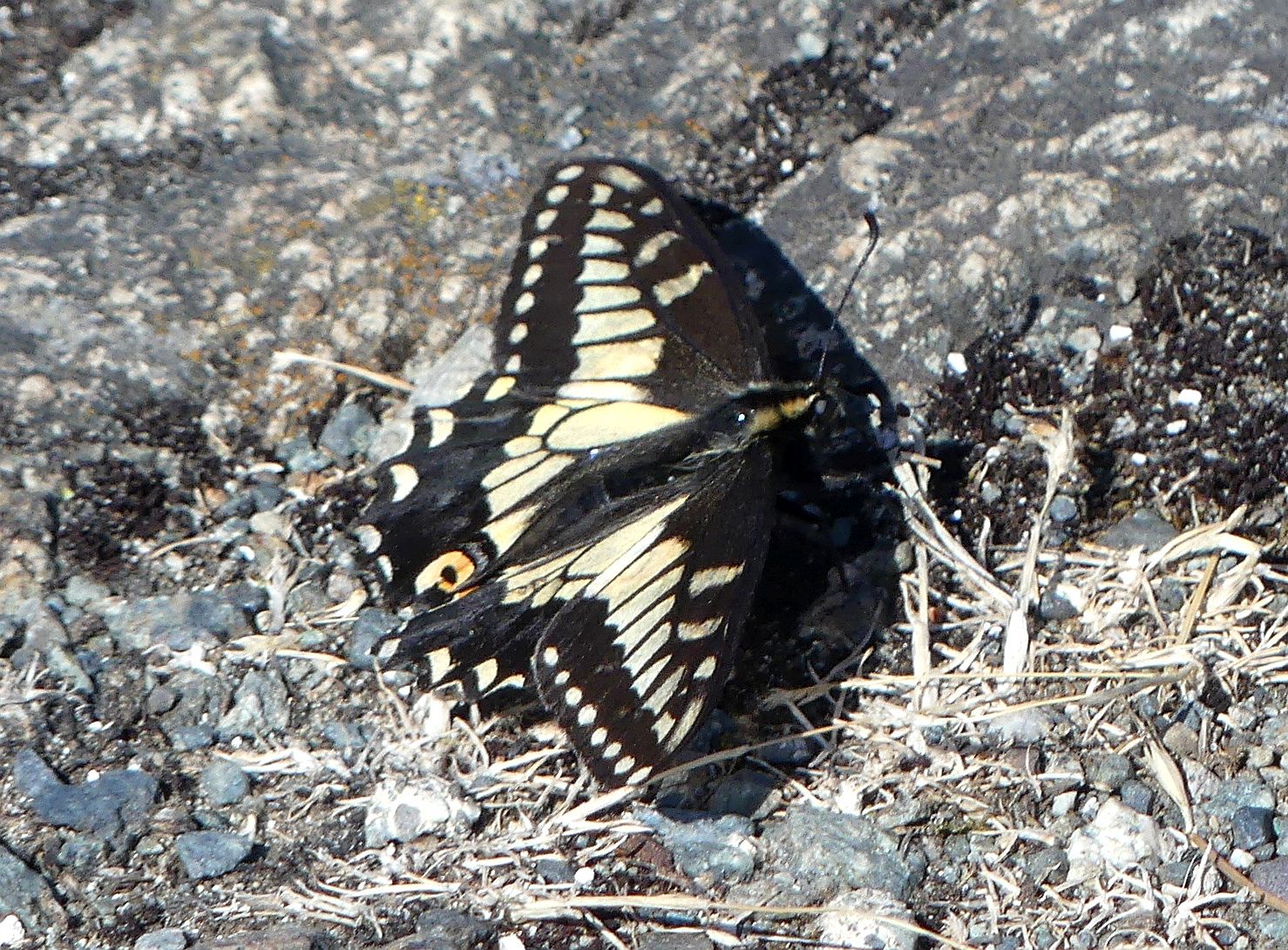
Anise Swallowtail Papilio zelicaon (Lep.: Papilionidae) Aziza Cooper
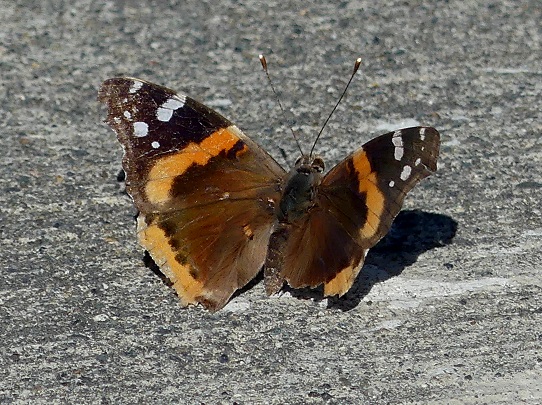
Red Admiral Vanessa atalanta (Lep.: Nymphalidae) Aziza Cooper
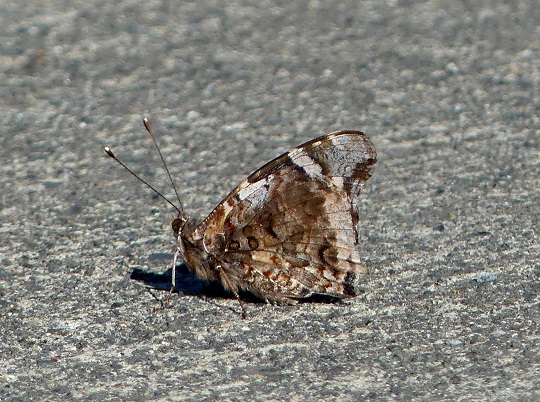
Red Admiral Vanessa atalanta (Lep.: Nymphalidae) Aziza Cooper
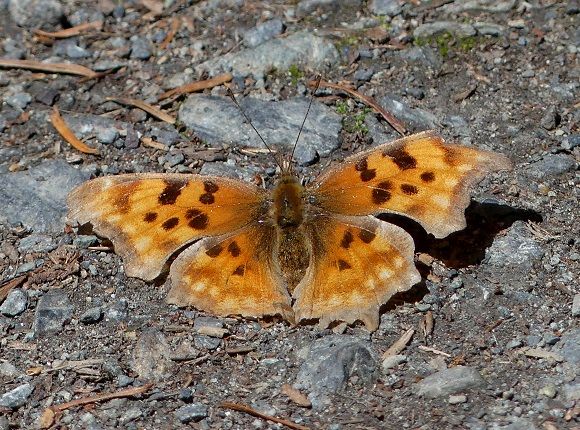
Satyr Comma Polygonia satyrus (Lep.: Nymphalidae) Aziza Cooper
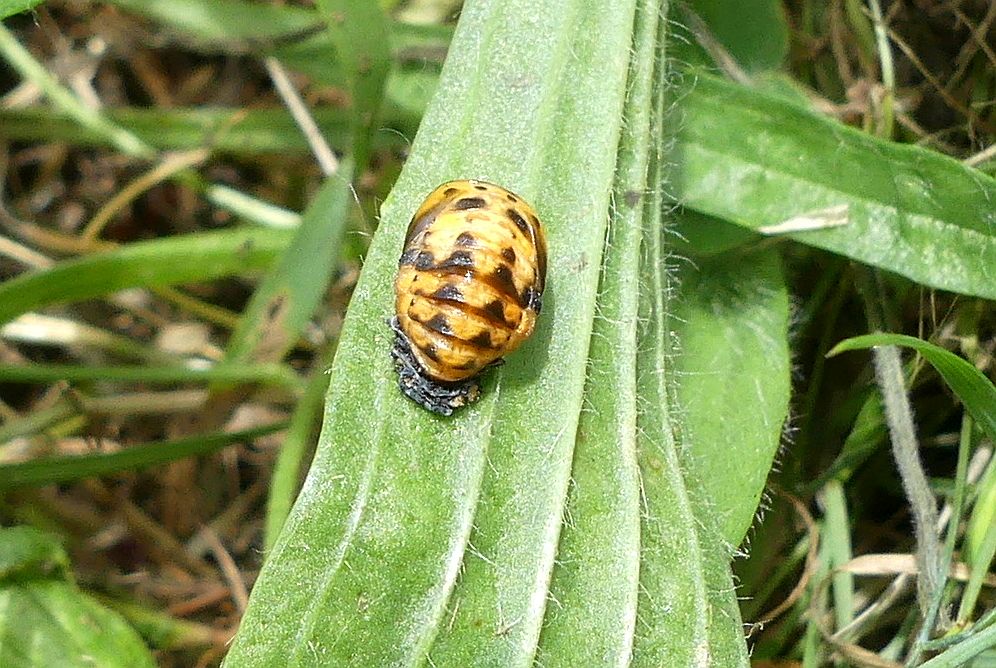
Ladybird beetle pupa (Col.: Coccinellidae) Aziza Cooper
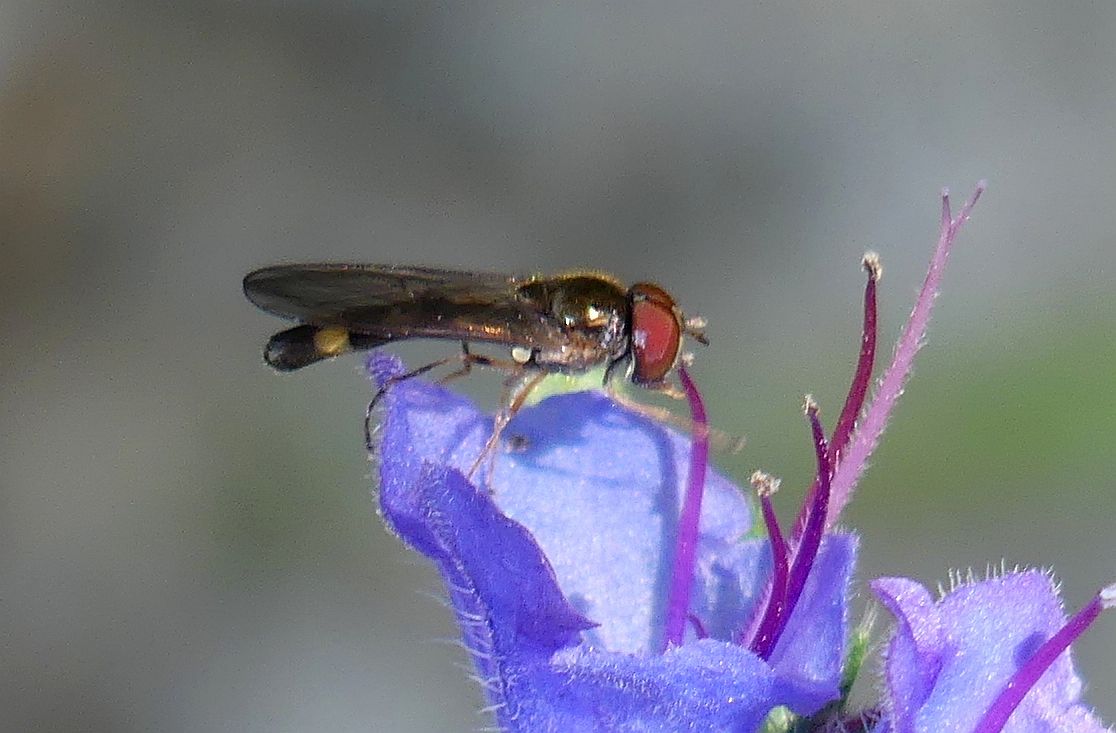
Probably a syrphid fly (Dip.: Syrphidae) Aziza Cooper
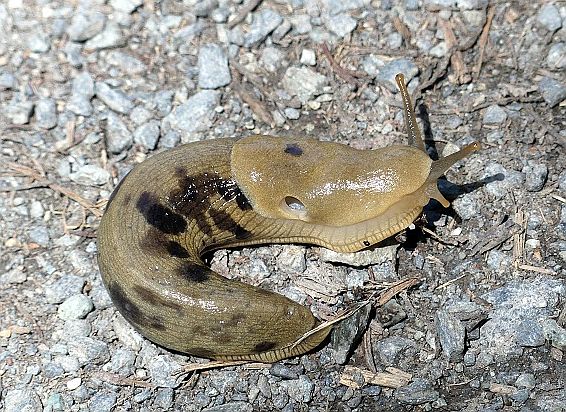
Banana Slug Ariolimax columbianus (Pul.: Arionidae) Aziza Cooper
Libby Avis sends photographs from Port Alberni, July 8 and 9, of two moths new to Invertebrate Alert. Of Aphomia sociella she writes: It’s an introduced species from Europe. Larvae develop inside nests of bees and wasps. Seems to be becoming more common in BC. I had never seen it here in Port Alberni until two weeks ago. Since then have had five of them at the light, most recently this morning (July 9th).
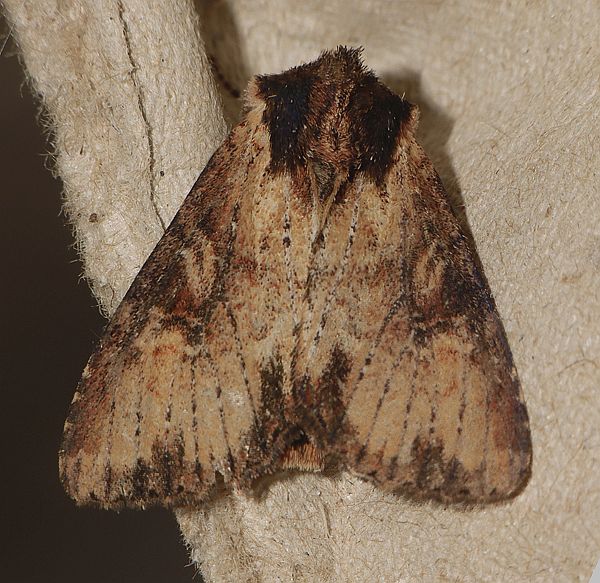
Apamea vultuosa (Lep.: Noctuidae) Libby Avis
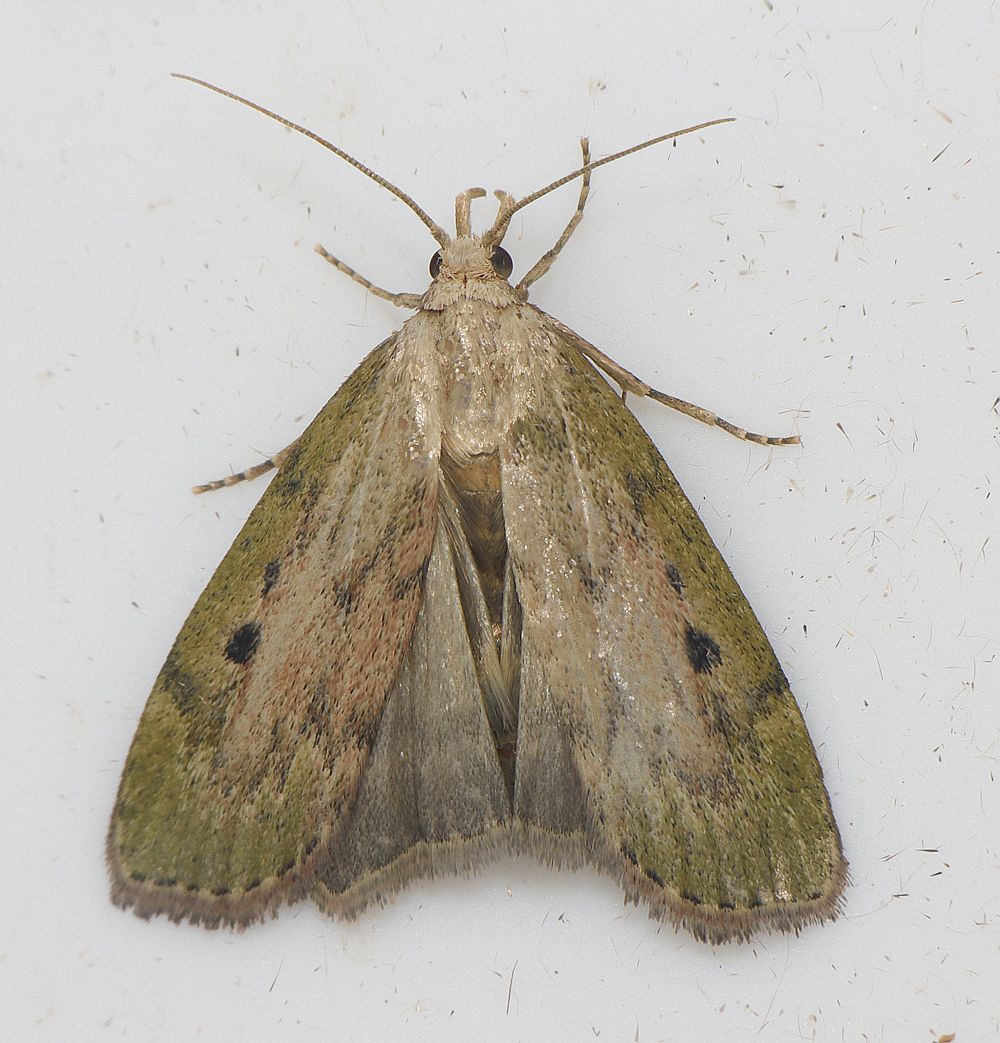
Aphomia sociella (Lep.: Pyralidae) Libby Avis
